Mind your head! This plant (Anthurium pendens) is hung in a basket with very long leaves.
You can call it a “wind-chime” of the plant kingdom. Except, it doesn’t make a tingling sound.

These plants are ‘down to earth.’ No matter how much you try, the leaves of this plant will always trail and point downwards.
Are you worried about how to care for this intimidating plant? Well, you are at the right place. Read below to enlighten yourself with exclusive care tips.
Table of Contents Show
Overview of Anthurium Pendens
Anthurium pendens is a rare aroid and an epiphyte that thrives the most in its natural habitat.
As you move this plant farther away from its native zone, the shape and length of the leaves change.
Let’s look at the general overview of this plant.
| Scientific Name | Anthurium pendens |
| Native | Hilly areas of Colombia and Panama |
| Family | Araceae |
| Growth Zone | Zone 10 and above |
| Plant Type | Epiphytic Tropical plant |
| Growth Size | 12-18 inches height 9-12 inches width |
| Growth Habit | Downward growth |
| Grown For | Attractive Leaves |
| Container | Terracotta pot with 2-3 drainage holes Ornamental hanging basket |
| Flowering | Greenish brown spadix |
| Availability | Rare |
| Toxicity | To pets and kids |
Want the care tips for other Anthuriums? Read about Regale, Besseae, Forgetti, Angamarcanum, Pedatum, Wendlingeri, Brownii, Papillilaminum
How to Take Care of Anthurium Pendens?
You can grow your Anthurim pendens with other epiphytes and follow the same care schedule as them.
Remember, Anthuriums are not that hard to care for; just fulfill the below-mentioned conditions/requirements.
| Factors | Optimal Conditions |
|---|---|
| Sunlight | Shady, bright, indirect sunlight |
| Watering | Once a week during summer Cut back watering during winter |
| Temperature | 70°F to 90°F |
| Humidity | 80% |
| Soil | Loose aroid mix pH from 5.5 to 6.5 |
| Fertilization | Liquid fertilizer once a month |
| Propagation | Leaf cutting and Stem cutting |
| Repotting | Every 1-2 years |
| Pruning | Occasional light pruning |
1. Adequate Sunlight and Proper Location
Being tropical plants, all varieties of Anthuriums need ample sunlight to flourish and to grow their leaves fully.
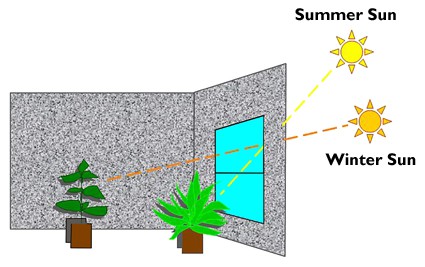
But that doesn’t mean that the plant will have optimum growth in the shade. Also, you need to provide bright light to the plants if you want to see them bloom.
Facts: Low light can hinder the plant’s growth and its flowering ability.
An east-facing window is best for Anthurium as it lets the plant face a few hours of morning and evening sun.
Ample sunlight helps the plant keep its beautiful leaves in shape and maintain their length.
It would be best to emulate the plant’s native regions’ conditions in your household. This way, the plant can grow like it would in its natural habitat.
| Inadequate Light | Over Exposure to Light |
|---|---|
| No new bloom | Burning of the leaves |
| Slow growth | Withered foliage |
| Spathes are not vibrant red but are pale green | White and brown patches of dead tissues |
Tips to Maintain the Sufficient Sunlight
- If you plan to place your plant on a south or west-facing window, make sure to put it in the shade of curtains or drapes.
- Or, you can put it a few feet away from the window. This way, you can fulfill its light needs, keeping it away from the direct sun.
- Anthurium requires 400 Footcandels (FC) of light for optimum growth but do not let the light drop below 100 FC.
- Keeping the plant in at least 1 hour of morning or afternoon sun can prove beneficial.
- Occasionally rotate the plant to ensure the even light distribution on all sides.
- When the light is not enough during winter and overcast weather, you can opt for artificial grow lights to fulfill the plant’s lighting needs.
2. Regular Watering
Anthurium pendens is an air plant, which justifies why you should avoid making them stand on soggy soil for a long time.
While watering this plant, the best method to embrace is the “finger moisture” test.
You can insert your finger or a chopstick into the soil and check the moisture before watering the plant. If the soil feels dry, water the plant thoroughly with tepid water.
Extreme hot or cold water can damage the plant at the root level.
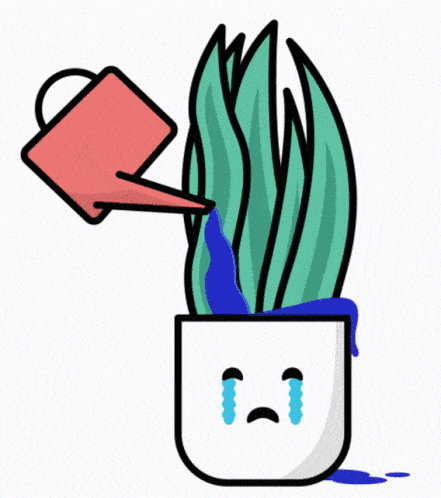
But if you live in hotter areas, you should water your plant every 2-3 days during sweltering days.
Always Remember! The main secret for not letting your pendens get stressed is to have proper drainage facility.
Over/under watering both have their damage on the plant. Let’s look at them.
- Overwatering: Initially, leaves will turn yellow. If unchecked, the roots will gradually rot.
- Underwatering: Roots will be damaged, the leaf’s tip will turn brown, and lack of water will halt the growth.
How much or how less you water depends on various factors like light, temperature, and humidity, and the plant is getting.
Tips to Maintain the Adequate Watering
- Wait for the top 50-60% of the soil to dry off thoroughly before watering the plant.
- Do not let the plant face long spells of dryness, or it will not grow as fast as it should.
- Try watering the plant early in the morning to retain its coolness even after the day gets hotter.
- If you have a saucer below the pot, empty it after drainage since the plant doesn’t like standing on the water for too long.
- If you witness the root getting too dry, you can soak the pot in water for nearly an hour to rehydrate it.
- You can buy yourself a self-watering planter, so your plant gets the water it needs without your constant supervision.
3. High Temperature
A tropical plant, like Anthurium pendens, enjoys when the temperature is on the hotter side.
They can grow happily in USDA zones 10 and above. You can safely say that it can flourish at a temperature above 50°F.

Although you do not need to be alarmed since the plant can withstand temperatures up to 45°F.
Low temperatures affect the plant’s nutrient uptake by hindering its enzyme activity.
According to Iowa State University, high temperatures decline the rate of photosynthesis after reaching a certain point.
Excess temperature boosts transpiration and dehydration in plants, affecting them in the long run.
But being a tropical baby, the low temperature has a more severe effect than the high temperature.
Make sure you protect it from cold. Achoo!
Tips to Maintain the Acceptable Temperature
- Keep the plants away from high temperatures during the summer and bring them inside during the winter.
- Do not place your plant near air conditioning vents and heaters.
- Maintain the humidity and temperature around the plant by regularly misting, especially in the drier weather.
- Invest in heating pads and frost blankets to protect your plant from cold stress.
- Greenhouses can ensure better growth plus yield and offer protection from the cold in winter.
- You can provide artificial lights to the plant by using incandescent lamps.
4. High Humidity
It goes without saying that tropical plants love humidity in their environment. And Anthurium pendens is not an exception.
Tropical plants are picky and sensitive about the humidity they grow around.
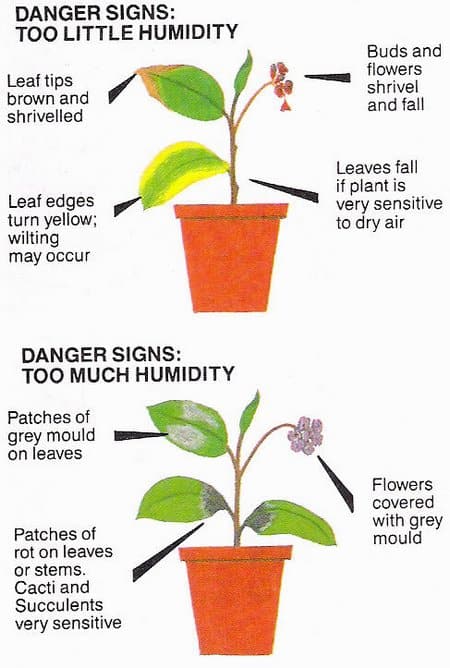
When the humidity is high, the plant can absorb more CO2 as the stomata open to the maximum.
Similarly, Anthura says, low humidity increases the evaporation rate and slows down the cell elongation.
Well, I am not saying that Anthuriums cannot tolerate low humidity. They can, but you won’t like its growth.
So you get the gist, right? Maintain the humidity around your plant to a higher level, and you will be rewarded with a healthy Anthurium.
Tips to Maintain Humidity
- Place the plant in highly humid zones in the house, like the kitchen and the bathroom.
- Buy a humidifier and put it around your plant.
- You can create a “humidity-sharing” environment by grouping plants together.
Beware! Check the plants thoroughly for pests and diseases before grouping them.
- Fill a pebble tray with water and put them near the plant to create a humid environment.
- Mist the plants regularly. Remember misting at night can harm your plant as there will be no evaporation of the unwanted water.
5. Loose Aroid Mix
Anthurium pendens prefer loose aroid soil mix as this soil provides good drainage, which then helps to improve the soil aeration.

Pendens need a lot of oxygen to grow, so you should use a mix with many air pockets.
There are many commercial options for the potting mix,
You can also prepare one at home. Here’s what you need:
- 40 % of Orchid bark
- 30% of Potting soil
- 20% of Peat
- 10% Perlite or Sphagnum moss
You can add sand and charcoal to make the mix more suitable for your Anthurium pendens.
6. Monthly Fertilization
Well, let’s get straight to the point. Like most tropical plants, Anthurium pendens do not need much feeding to grow strong.
But hey, some extra feeding won’t hurt, will it?
You can opt for a fertilizer rich in phosphorus if you want to make your pendens bloom; otherwise, you can go for the regular ones.
Tips-It is recommened to dilute your fertilizer to 1/4th of its strength before applying.
The following symptoms are the signs that your plant is facing fertilizer problems.
| Over fertilizing | Under fertilizing |
|---|---|
| Salt accumulation on soil surface | Stunted growth |
| Defoliation | Wilting |
| Brown leaf margins and tips | Burned and dried leaves |
| Yellowing of lower leaves | Eventual death |
Following is the list of fertilizers for your plant that can be found on Amazon.
- Sun Bulb Company 8305 Better Gro
- Miracle-Gro Indoor Plant Food (Liquid)
- Miracle-Gro Water Soluble Orchid Food
7. Plant’s Features and Growth Rate
Anthurium pendens have a slow growth rate.
No matter how intense care you provide them, they will never have an upright growth. And that’s fine; that’s how they are.
The new leaves showcase a light green color which turns greener as the plant matures. The leaves can grow up to the size of 5 inches in width and 30 inches in length.
This plant is widely known for removing harmful chemicals like formaldehyde and ammonia. In other words, they purify the air.
You may be wondering if this plant produces blooms or not?
Well, it does, but you wouldn’t want to grow it for flowers. Like most Anthurium, this plant has berry-shaped flowers.
Anthurium usually flowers at a 3-months interval all year round. It has a long spathe (~ 3 inches) with pink to greenish-brown spadix shades.
8. Repotting Anthurium Pendens
Most Anthuriums are slow growers, and this particular species of Anthurium needs repotting once every 1 to 2 years.
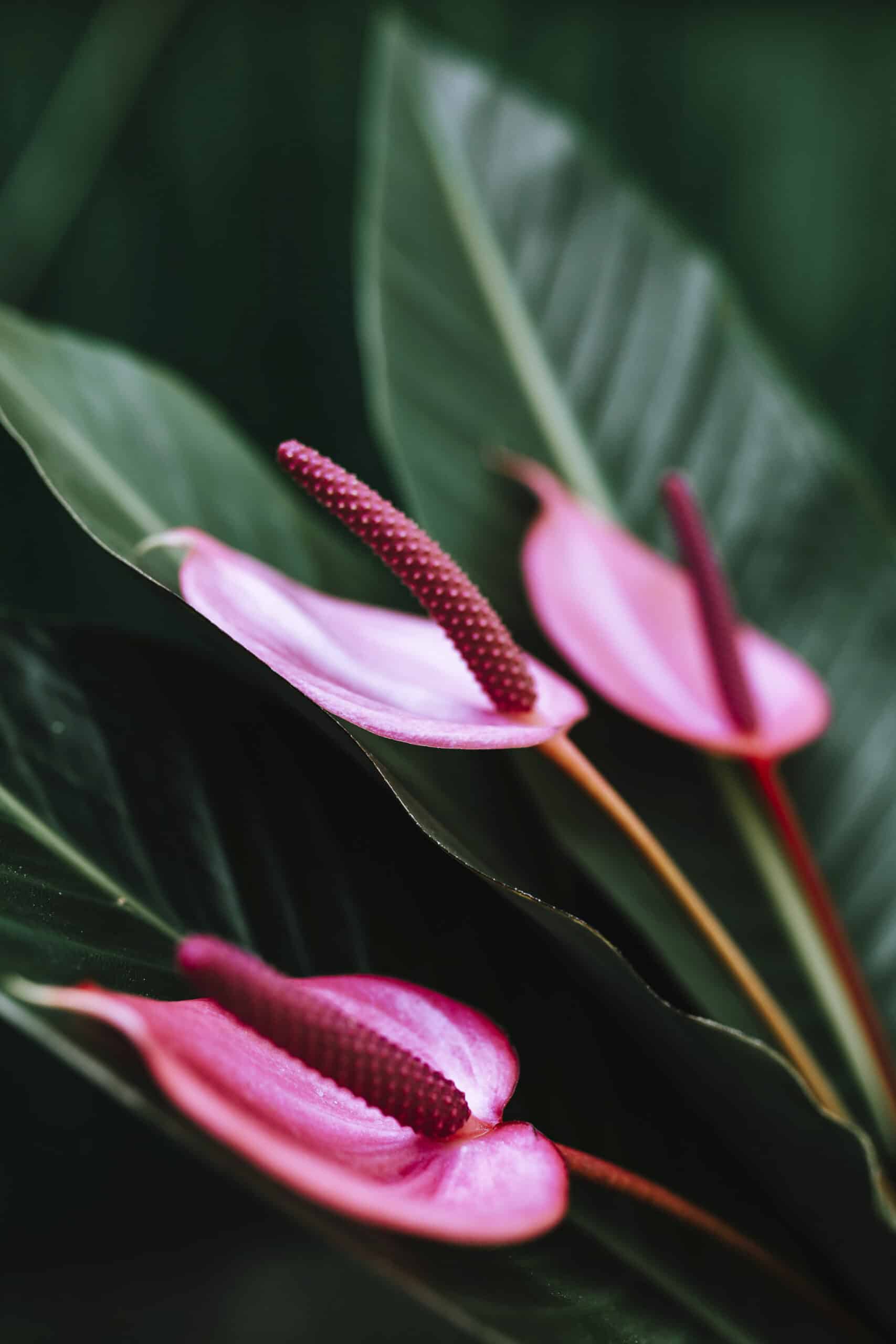
Although pendens can withstand rootbound for a little while, you’d kill the plant if you overdo it.
Check the drainage hole of the plant, and if you see roots creeping out of it, it is high time to repot.
Tips to Repot Anthurium Pendens
- Prepare a pot at least 2 inches bigger in diameter than the current pot.
- Layer the pot and fill at least half of it with potting mix.
- Add pumice, bark, or perlite to increase the airflow in the soil.
- Slide the plant gently out of the old pot and remove the excess soil from the root area.
- Slowly insert the plant into the new pot. The root must be at the center.
- Fill the sides of the plant with the previously mentioned potting mix.
- Do not fill up to the brim, as you might need that space to put fertilizers later on.
- Soak the new container in water for a few minutes.
- Place your plant somewhere with enough warmth and indirect light.
9. Occasional Pruning
The long, classy leaves of Anthurium pendens make it a hard decision whether or not to prune the leaves.
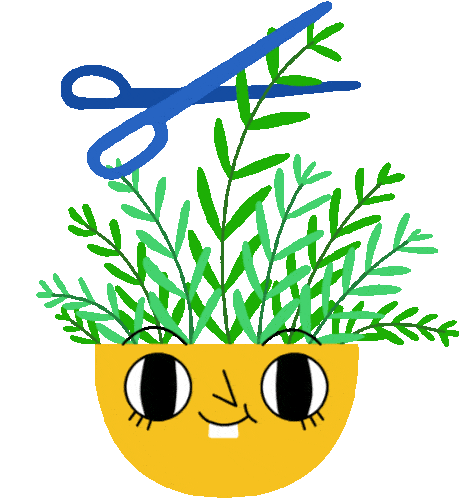
You can snip off the flowers if you don’t want them to take away the nutrients from the plant.
Check the discolored leaves properly before moving forward with the pruning process. If fungal infection is the cause, leave the leaves as they are.
Tips to Prune the Plant Properly
- Sterilize your pruning tools properly before going on with the process.
- Choose the dead, yellow leaves and unuseful flowers and trim them down.
- Prune the plant, starting from the bottom all the way to the top.
- Trim overall to maintain a healthy appearance. Make sure not to damage the healthy leaves in the process.
Toxicity of Anthurium Pendens
Anthurium is one of the many toxic genes in the plant kingdom. Its variety ‘pendens’ is nothing different.
The University of California ranges the toxicity scale from 1 to 4, with 1 being the most and 4 being the least harmful.
| Toxicity Class | Details |
|---|---|
| 1. Major Toxicity | Cause serious illness or death. |
| 2. Minor Toxicity | Causes minor illness. |
| 3. Oxalates | The sap or juices of this plant contains calcium oxalates. |
| 4. Dermatitis | The juices or saps of these plants cause skin irritation. |

It can cause skin irritation and rashes if it comes in contact with the skin. Contact your nearest doctor in case of any injury by this plant.
Contact the American Association of Poison Control Center at (800) 222-1222 or ASPCA Poison Center at (800) 426-4435 for pets immediately.
Propagating Anthurium Pendens
You would obviously want to propagate this regal and majestic plant. Like, who wouldn’t be fulfilled watching this beauty grow with full might?
Anthurium pendens can be propagated by the stem-cutting process.
Well, you can propagate the plant by seeds, but that would be very tedious, and I guess plant enthusiasts like you would not prefer that method.
Pro Tips- You need to propagate the plant in its growing season i.e. early to late spring.
Quick Check Before Propagation
You cannot jump directly into the propagation process. Check the following things before propagating.
| Materials Required | Purpose |
|---|---|
| Gardening Knife | For stem cutting |
| Gardening Gloves | For safety |
| Anthurium Potting Mix | Anthurium Potting Medium |
| Perlite | For extra drainage |
| Rooting hormone | For best growth |
| Terracotta Pot with a Drainage Hole | Best for Anthurium pendens |
| Humidifier | To maintain the humidity |
| Liquid Plant Food for Anthurium | Fertilizer for Anthurium pendens |
Check the plant thoroughly for pests and diseases. You wouldn’t want to waste your time propagating an infected plant.
Now, let’s look at the propagation steps.
Steps to Propagate Anthurium Pendens
Being an epiphyte, Anthurium pendens’ roots are located at the base of their stem. Follow these steps to propagate your plant.
- Pick a healthy stem with at least one leaf and one healthy node.
- Use sterile tools or sterilize them before going on with the cutting process.
- The cuttings should be at least 6 inches to ensure successful propagation.
- You can root the plant in water. Skip to the next step if you want to do that in soil.
-
- Get a transparent jar and fill it partially with water. Place the cutting inside the water.
- Make sure that your leaves have not emerged, or the cutting may not root.
- Place the cutting in an ideal location and change the water every week.
- You can witness the roots in a few weeks. Let the root grow to at least an inch before potting them.
- Now it’s time to move them into the pot.
-
- Choose a pot with proper drainage holes. Fill it in half with potting mix mentioned above.
- Poke a little hole at the center and place the cutting. Fill the remaining space with potting soil. Leave a little room at the top for future purposes.
- Place the cutting in a location with enough humidity, required light, and a warm temperature.
Delve deeper with the article “How To Propagate Anthurium?“
Common Problems with Anthurium Pendens
This section is unavoidable. Despite its “sword-like” looks, it cannot “cut” away from its problems.
But don’t panic if you encounter any of the following problems in your Anthurium; most of them are recoverable.
Let’s have a close look at what might be the problems.
1. Pests Problem
Anthurium pendens is usually hardy plant that doesn’t incur any damage from pests. But that doesn’t mean it is completely safe from pests attack.
At times, when the conditions are not suitable for this plant, the plant becomes vulnerable to these little pests.
The pests that commonly attack this plant are Mealybuys, Aphids, Scales, Spider mites, and Thrips.
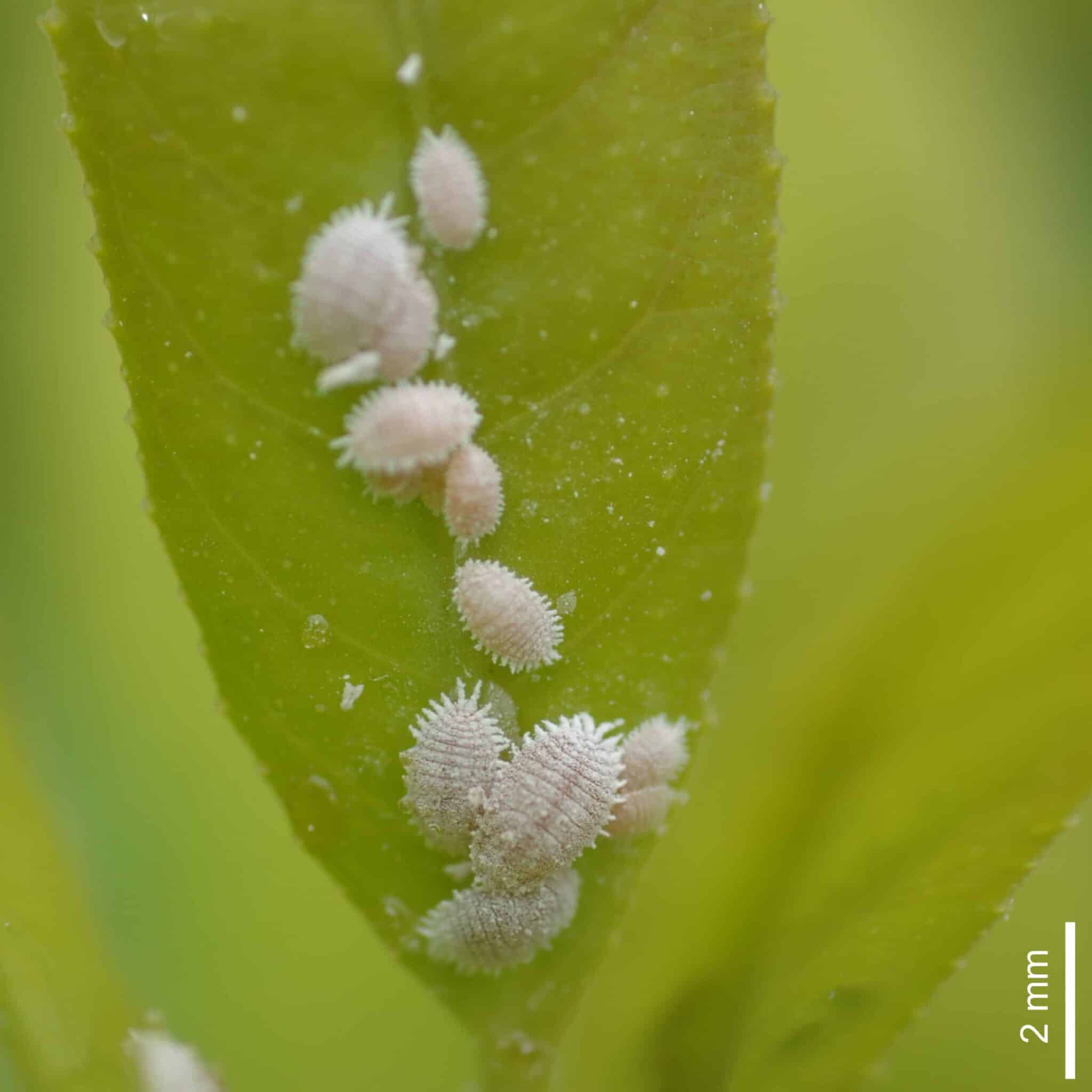
Look below for the list of common pests and their symptoms.
| Pests | Symptoms |
|---|---|
| Mealybugs | Oval shaped, waxy, flat-bodied, cottony-white insects. The foliage curls, droops and wilts. |
| Scales | Oval-round bumps on the leaves. Yellow or discolored leaves. |
| Thrips | Small black spots on the buds and leaves. Reddish brown discoloring of leaves. |
| Spider mites | Spider-like webs can be found on stems and leaves. Bronze halo appears in the leaves. |
| Aphids | Stunted, yellow, curled leaves. |
| Nematodes | Slender, long worms. Root development will be slowed down. |
Solution Measures
- Inspect the plant carefully and remove the infected parts of the plant in case of severe damage.
- Some pests are not sturdy and can be removed with a high force of water.
- It is a good practice to dip a cotton ball in isopropyl alcohol and dab the infected leaves and stem.
- Make insecticidal soap+water solution, and spray it on the plant’s foliage.
- Use neem oil or other horticultural oil.
- Only spray the appropriate insecticide as a last resort.
Preventive Measures
- Avoid overwatering your plant. Excess water buildup works as an open invitation to many pests.
- Check new plants thoroughly before bringing them home.
- Keep the plant dust free and clean to prevent even the slightest chances of pest infestation.
2. Common Diseases
Like pests, diseases are also uncommon in Anthurium pendens.
But that doesn’t mean they are 100% safe. In fact, several diseases can affect the plant.
Some diseases your pendens might be suffering from are a bacterial blight, Rhizoctonia root rot, black nose disease, and phytophthora.

Let’s look at the diseases, their causative agent, and the symptoms in the table below.
| Diseases | Causative Agent | Symptoms |
|---|---|---|
| Bacterial blight | Xanthomonas axonopodis pv. dieffenbachiae | Yellowed, water-soaked lesions across the leaves |
| Rhizoctonia root rot | Rhizoctonia solani | Stems becomes water soaked |
| Black nose disease | Colletotrichum gloeosporioides | Brown, black flecks on spadix of flower |
| Phytophthora | Phytophthora nicotianae var. parasitica and Pythium splendens | Wilting, chlorosis of leaves can be seen |
Solutions Measures
- Discard the plant as soon as you discover it has been affected by bacterial blight.
- If you encounter Rhizoctonia root rot, you can go for commercial fungicides.
- Remove the plant from the pot and trim off the infected brown roots.
- Use phosphorous-rich fungicides rich in phosphorus to get rid of phytophthora.
- Remove/prune the infected parts of the plant to stop the infestation from spreading.
Preventive Measures
- Sterilize your tools properly before pruning or cutting the plant.
- Make sure the soil you use is well-draining and porous.
- Do not mist the plant at night, as it increases the chances of fungal infection.
- Spray the plant with proper fungicides to prevent the chances of infection.
- Place the plant in its proper required conditions.
Did you run into other problems? Read “Why is My Anthurium Losing Flowers?“
Close Resembelence to Other Varieties
Certain plants in the Anthurium genus have unique properties and differences. There are certain plants with whom Anthurium pendens share their similarities and difference.
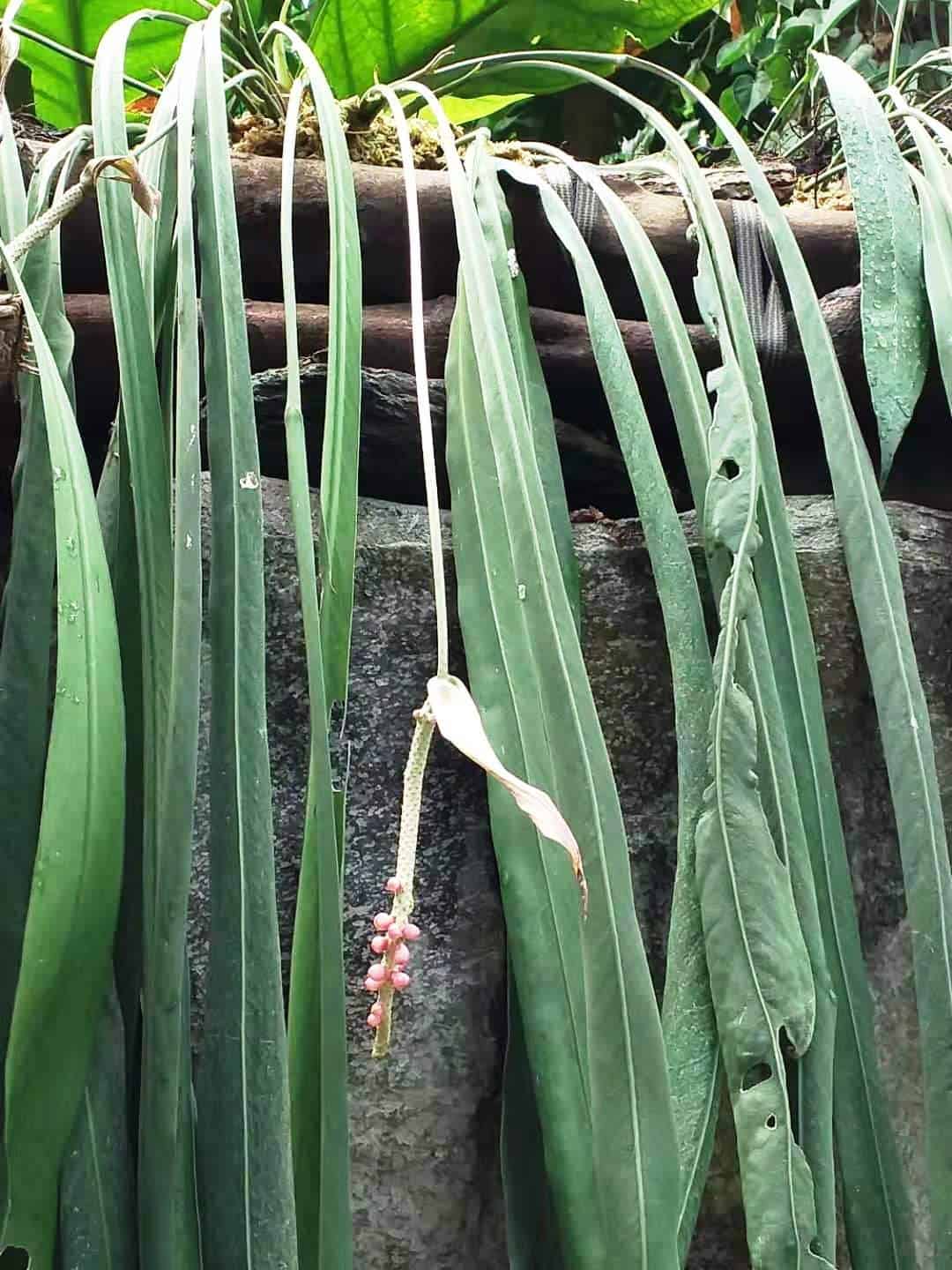
Look at the table below.
| Varieties | Similarities | Differences |
|---|---|---|
| Anthurium Vittarifolium | Long narrow leaves | Leaves are deep dark green in color whereas pendens have a glossy look. |
| Anthurium wendlingeri | Long narrow leaves | Pendens leaves are broader at the middle compared to wendlingeri |
| Anthurium pallidiflorum | Long narrow leaves | Pendens leaves are matte primarily but pallidiflorum has slight sheen |
To Conclude
Anthurium pendens do not need much maintenance and care for their glossy leaves. But you need to provide them with the conditions nevertheless.
Read our article properly in case you encounter problems during your journey with the plant.
The optimal conditions and tips for caring will obviously come in handy for you.
Good luck!


